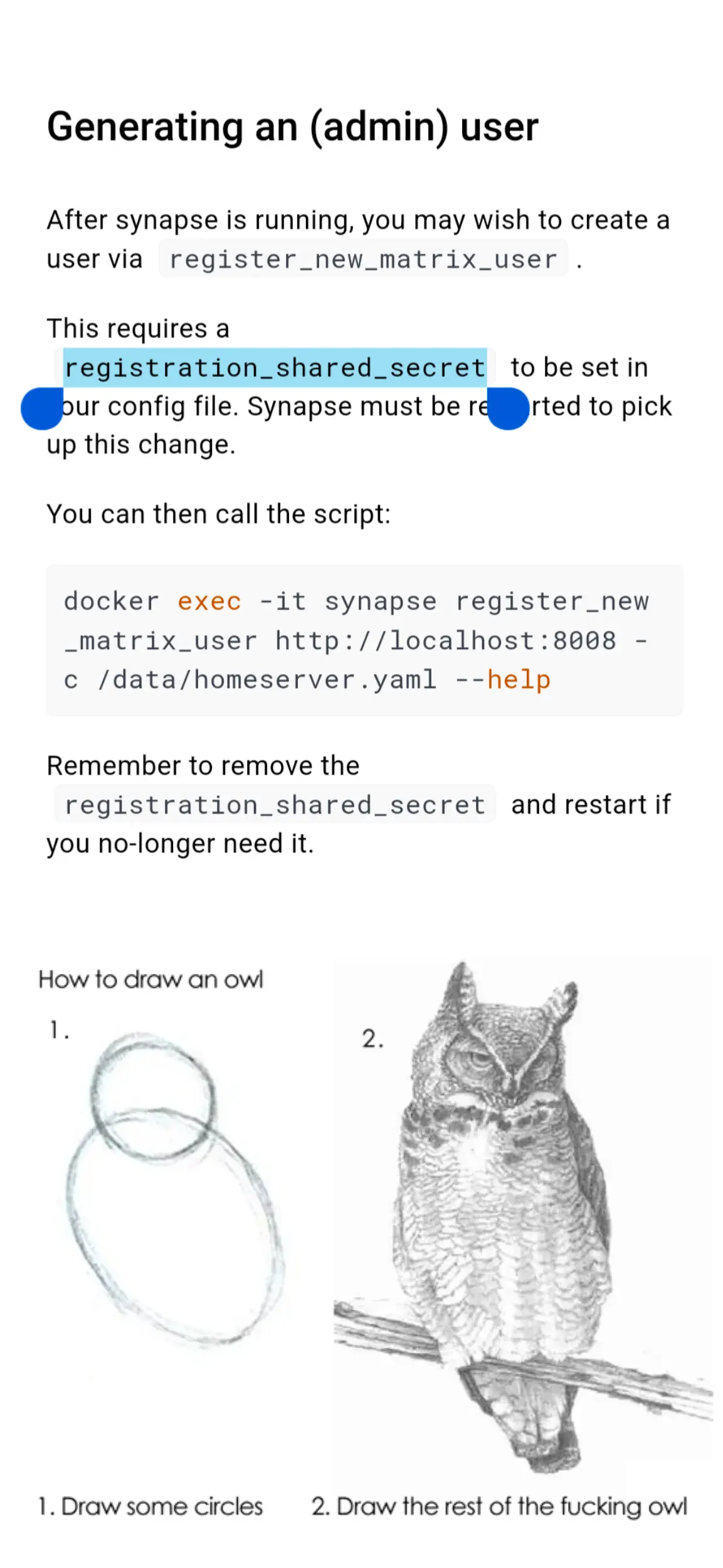Selfhosted
A place to share alternatives to popular online services that can be self-hosted without giving up privacy or locking you into a service you don't control.
Rules:
-
Be civil: we're here to support and learn from one another. Insults won't be tolerated. Flame wars are frowned upon.
-
No spam posting.
-
Posts have to be centered around self-hosting. There are other communities for discussing hardware or home computing. If it's not obvious why your post topic revolves around selfhosting, please include details to make it clear.
-
Don't duplicate the full text of your blog or github here. Just post the link for folks to click.
-
Submission headline should match the article title (don’t cherry-pick information from the title to fit your agenda).
-
No trolling.
Resources:
- selfh.st Newsletter and index of selfhosted software and apps
- awesome-selfhosted software
- awesome-sysadmin resources
- Self-Hosted Podcast from Jupiter Broadcasting
Any issues on the community? Report it using the report flag.
Questions? DM the mods!
view the rest of the comments

Am I the only one in this thread that took this as it’s asking for a clear text credential which is a terrible idea?
A temporary one that you're expected to remove as soon as you've created the admin user(s) you need, but yes. It should only be there during initial setup and ideally removed before the server is ever exposed to the internet.
The "if you no longer need it" part doesn't really suggest that you are expected to do it as part of normal operation.
Yes because having a user remember to do something is a great line of defense, better than encrypting it from the get go. It should just be encrypted in the file.
I think that's the way both Splunk and JFrog work -- you generate or enter a password into the key field in a YAML file somewhere, start the service, and next time you come back the field's been encrypted.
The step tells you to remove it after at least